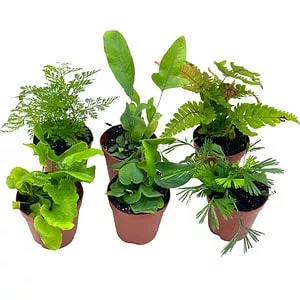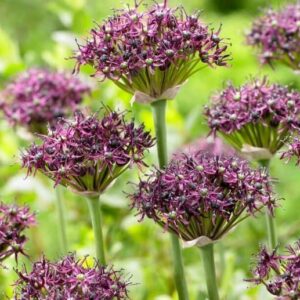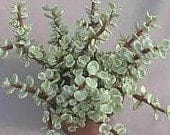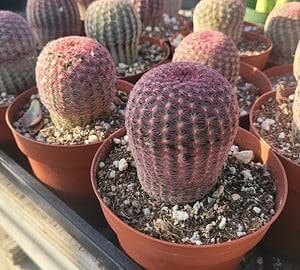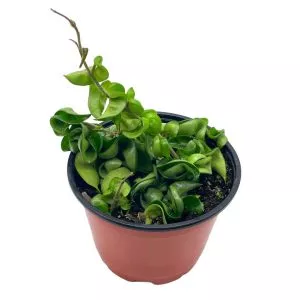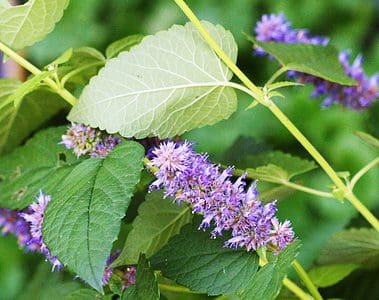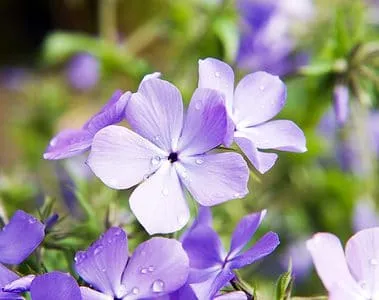No products in the cart.
Growing a hearty crop of potatoes in your backyard garden is easier than ever. With just a little bit of effort, some hilled soil, and high-quality seed potatoes, you can have mounds of potatoes ready for harvest in just a few short months.
This simple, step-by-step guide will show you everything you need to know about adequately planting, caring for, hill, and harvesting platefuls of delicious, homegrown potatoes.
You’ll learn critical timing for planting, soil preparation tips, watering and maintenance schedules, and how to tell when your tubers are ready for digging.
Potato Plant Table
PLANT NAME: Solanum tuberosum
Other Name: Potato plant
Plant Type: herbaceous perennial
Native Areas: Peru and Bolivia
Light Requirement: Full Sun
Watering: Adequate for constant soil moisture
Fertilizer: Organic
Toxicity: Non-Toxic
Temperature: 60 -75 degrees Fahrenheit
Propagation: Seed, tuber, tissue culture
Soil Type: Fertile, slightly acidic
USDA Hardiness Zones: 3-10
What is a Potato Plant
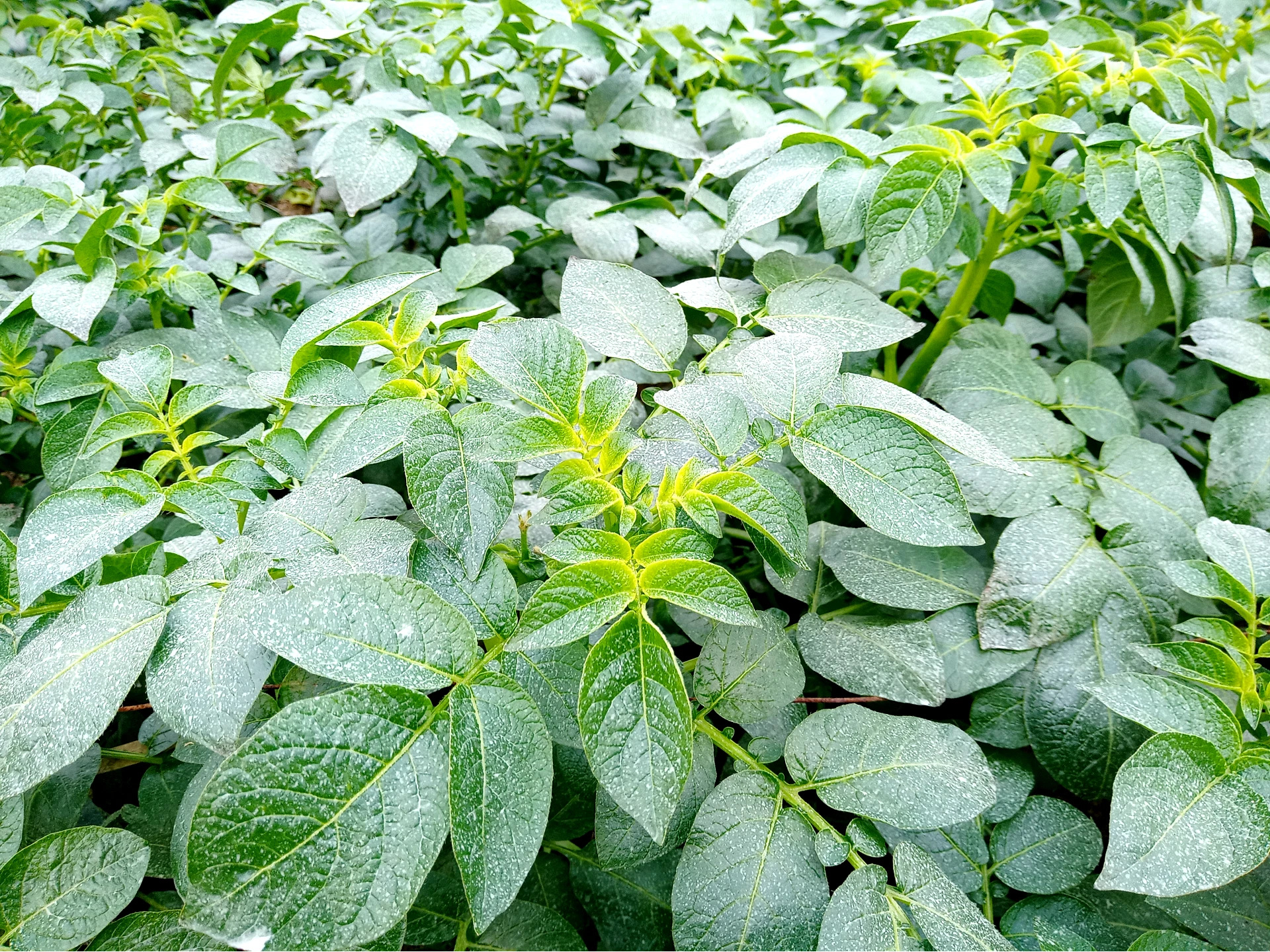
The potato plant, known scientifically as Solanum tuberosum, is an herbaceous perennial in the nightshade family Solanaceae. Native to the Americas, the potato was domesticated initially in parts of Peru and Bolivia between 8,000 to 5,000 BCE.
This resilient starchy tuber crop was brought to Europe in the 16th century, radically changing world agriculture.
It has become the world’s 4th largest food crop after rice, wheat, and corn, with over 1 billion tons harvested annually globally. Potatoes store well, yield highly, grow in poor soil conditions that many crops cannot tolerate, and contain vital nutrients like potassium, C, B6, and fiber.
Due to its versatility, nutritional content, and storability, the potato has historically played an enormous role in feeding expanding populations worldwide.
According to our potato plant grouping guide, potatoes grow well when interplanted with beans, marigolds, corn, radishes, peas, spinach, and cabbages.
However, our guide advises avoiding planting potatoes next to carrots, cucumbers, eggplants, okra, onions, peppers, squash, or tomatoes, as these plants do not make good potato companions.
Best Time to Plant Potato and Where

Plant potatoes in early spring when the soil reaches 45-50°F, ideally 2-3 weeks before the last expected frost date. For fall potatoes, opt for midsummer planting around July/August.
Choose a location with full sun exposure (at least 6-8 hours daily) and well-drained, loose, nutrient-rich soil, maintaining a preferred pH between 4.8 and 5.5.
Ensure the planting area is sheltered from wind and has air pockets to prevent frost damage. Potatoes with the right soil mix can be cultivated in raised beds, containers, or bags. It’s advisable to rotate crops yearly to prevent disease and nutrient depletion, consider previous cover crops like clover to fix nitrogen, and provide ample space for hilling/mounding plants as they grow.
Quick Guide to Growing Potatoes
Purchase certified disease-free seed potatoes; cut larger ones.
Choose a spot with full sun (8+ hours daily) and quality/fertile growing soil.
Prepare the soil with compost and nutrients; create rows or hills.
Plant seed potatoes 4-6 inches deep, 10-12 inches apart.
Cover plants with mulch to retain moisture and block sunlight.
Hill soil around stems as plants reach 8-12 inches tall.
Water 1-2 inches per week during the growing season.
Flower blooms indicate tubers are forming; avoid damaging roots.
Top growth will die back, signaling maturity in 12-16 weeks.
Dig gently around stems with a fork to access mature tubers.
Allow potatoes to cure for two weeks in an excellent, dark location.
Store fixed potatoes in a cool (40-50F), dark place for 3-5 months.
Pick early-season, mid-season, and late-season varieties for staggered harvests.
Ideal planting temps are 60°F soil and 70°F air.
Consistent moisture is crucial once flowering occurs to size tubers.
Harvest new potatoes early; leave others to reach full maturity.
Easy Way to Grow Potatoes
Soil and Water

For optimal potato growth, provide well-drained sandy soil with a pH between 4.8 and 5.5. Ensure the soil is rich in humus, easily crumbles, and avoids waterlogging. Enhance it with nutrient-rich components like compost and incorporate materials such as aged leaves or straw to retain moisture.
When growing potatoes in containers, use a potting mix with 30-40% organic matter like compost or peat moss for better drainage and nutrient retention. Add perlite or vermiculite (30% of the mix) for improved aeration.
Granulated fertilizer, especially slow-release organic types, feeds the plants gradually. Maintain an optimal pH based on soil tests.
Leave space at the top of the container for hilling soil around the stems, ensuring thorough care for your potatoes.
Light

Potatoes need 6-8 hours of daily sunlight for optimal growth, crucial for robust development and higher yields. Insufficient sunlight leads to stunted growth, reduced yields, and increased risks of diseases. Choose planting spots with uninterrupted sun exposure, rotating crops to sunny areas yearly. Use grow lights in low sunlight regions.
In temperate climates, a south-facing site is ideal, avoiding shade from structures or other plants for optimal sunlight intake.
Temperature and Humidity
Potatoes thrive in cool climates, best suited for zones 3-10, with an ideal soil temperature for planting at around 60°F/16°C. Once sprouting, consistent soil temperatures of 65-75°F/18-24°C promote optimal tuber swelling. Night temperatures of 55-65°F/13-18°C encourage strong underground development, while sustained temperatures above 80°F/27°C can stunt growth.
Light frost is tolerated, but prolonged freezing causes damage. Humidity levels of 55-75% are ideal; lower humidity requires increased irrigation and mulching to prevent soil drying. Monitoring both temperature and humidity helps adapt to less-than-ideal conditions for potato growth.
Fertilizer

Enhancing potato nutrition begins with pre-planting soil amendment using compost or manure for sustained feeding.
Midseason, supplement with organic options like worm castings, fish emulsion, seaweed, bone/blood meals, or wood ash in moderation to boost growth, provide micronutrients, enhance yields, deliver targeted nutrition, and accelerate maturity.
Interplanting leguminous cover crops fixes nitrogen and improves soil health. When using organic fertilizers, test soil, rotate fertility areas, and mix granular products beforehand, reserving liquid feeds for established plants.
Opting for organic nutrition reduces reliance on synthetic chemicals.
Propagation
Seed Potatoes
Whole or cut potato tubers with one or more visible eyes/sprouts.
Most common propagation method.
Larger tubers are cut into smaller pieces with a sprout.
Potato Tuber Division
It is dividing tuber clusters that grow side shoots/stems.
Each section must have a dominant sprout.
It can gently twist off sections of older plants.
Potato Leaf & Stem Cuttings.
Taking leafy stem cuttings to generate tubers.
Lower success rate.
Needs particular hormone treatment.
-
$24.99Sold By: BubbleBlooms
$29.99In stock
Fern Variety Assortment, 6 different Fern plants, in 2 inch pots, Super cute, best gift, plant collection set, variety bundle
Rated 4.81 out of 5 based on 279 customer ratings00Sold By: BubbleBlooms -
Free Shipping$10.96Sold By: CZ Grain
In stock
10 Miniature Allium Bulbs for Planting Allium Atropurpureum
Rated 4.60 out of 5 based on 156 customer ratings00Sold By: CZ Grain -
Free Shipping$19.95Sold By: Cactucson
Only 1 left in stock
Tephrocactus Articulatus – Paper Spine Cactus 6 in. cutting
Sold By: Cactucson -
$9.99Sold By: Succulent Oasis
In stock
Medium Succulent Plant – Rainbow Elephant Bush. An interesting Tri-Color Plant.
Only 9 available and it’s in 3 people’s basketRated 4.84 out of 5 based on 352 customer ratings02Sold By: Succulent Oasis
Tissue Culture
Produces disease-free clones under sterile lab conditions.
Specialist method for commercial scale propagation.
Quality seed potatoes are the easiest and most reliable way to grow a new potato crop. Kept disease-free, seed potatoes can be stored for propagation year after year. Hilling and good care also allow for successive years of growth from the original mother plant.
Mulching
 potato plant in mulch @local food initiative
potato plant in mulch @local food initiative
Mulching offers a myriad of benefits crucial for optimal tuber growth. It retains soil moisture, ensuring a consistent environment for tubers to flourish. The stabilizing effect on soil temperatures is another advantage, promoting an ideal climate for potato development.
The practice diminishes weed growth, preventing competition for vital nutrients. Notably, mulching protects against the greening of tubers near the soil surface.
Regarding materials, options like straws, aged leaves, or perforated black plastic are recommended, each with unique advantages.
After planting seed potatoes and before sprouts emerge, apply 4-6 inches of loose mulch, keeping it away from stems. It’s essential to replenish organic mulch midseason, ensuring a continuous protective layer. Leave ample space between plants for soil hilling, and remember that potatoes thrive when shielded from direct light exposure.
Solanum Tuberosum Pests and Troubleshooting
Major potato pests include Colorado Potato Beetles and larvae that devour foliage, Potato Aphids that damage through sap-sucking, and the Potato Tuberworm cutworm that bores into underground tubers.
Organic control methods involve handpicking beetles and larvae, applying insecticidal soaps or neem oil sprays, blasting aphids off with a strong spray of water, attracting beneficial predators, removing tubeworm moths and larvae, mounding soil over tubers, and crop rotating with non-solanaceous plants.
Integrating multiple organic pest management techniques helps protect potatoes without pesticide use.
The most effective potato pest and disease remedy is prevention through crop sanitation, rotation, and soil health management. Identify issues early and treat them organically.
Harvesting and Storing Potatoes

Know when potato vines start yellowing and dying back – this signals the tubers are mature and ready for harvest. Carefully dig around hills with a fork 2-3 weeks after tops decline, gently lifting mature tubers. Let freshly dug potatoes sit and cure for 1-2 hours before storage.
Then, store fixed tubers for 1-5 months in a dark, cool (40-50°F) space with ample airflow. New potatoes can be unearthed carefully from growing plants’ stems early on without disrupting final growth. But mid- and late-crop potatoes must fully mature underground before being pulled to obtain the ideal size.
Growing Potatoes in Containers
Growing regular or sweet potatoes is accessible in large, deep containers with drainage holes using a lightweight, nutrient-rich potting mix. Choose compact, early potato varieties suited to pots and allow 8 inches between seed tubers planted 4-6 inches deep with sprouts up. Place containers in full sun and keep mounding mix as stems sprout, leaving just foliage exposed.
Avoid disturbing roots once flowering starts. Check moisture every few days, watering thoroughly. Harvest as soon as tubers plateau in size. Yields will be smaller than in-ground. Mix and refresh soil between plantings.
Best Potatoes for Containers
Yellow Finn – soft, buttery yellow flesh. Yields well in containers.
Red Gold – small tubers with bright gold and red skin. Dense flavor.
Purple Viking – compact plants produce vivid purple potatoes.
French Fingerling – slender pink and yellow fingerlings. Great container producer.
Yukon Gold – classic yellow buttery potatoes, high yielding in pots.
Red Pontiac – oblong red tubers. Maintains color when cooked.
Chieftain – red-skinned, white-fleshed variety. Disease resistance.
Russian Banana – golden elongated tubers. Creamy texture.
Ruby Lou – red skin, white interior. Round tubers stack well in pots.
CalWhite – medium-sized, oblong, white tubers. Exceptional container growth.
Look for early-season potatoes under 75 days to maturity that produce nice-sized tubers. Compact, prolific varieties thrive with less space.
Frequently Asked Questions
Growing potatoes from planting to harvest typically takes around 3-4 months. The potatoes form underground, so you’ll need to periodically check the plants to know when the tubers have reached a good size for digging up.
One potato plant usually makes 4-6 potatoes if grown in ideal conditions. However, the yield can vary greatly depending on the potato variety, soil quality, sunlight exposure, and other factors. An individual plant can produce over a dozen potatoes under optimal conditions.
Potatoes are ready to harvest when the plant tops start to yellow and die back. This indicates the potatoes have sized up entirely underground. You can check by digging around the soil and gently feeling for potato size. Harvest time is usually 100-120 days after planting.
Yes, potatoes will multiply when planted. Each potato contains “eyes” that can sprout into new plants. As the plant grows, new potatoes form around the roots under the soil. A single potato can produce up to 10 or more new potatoes if planted in the ground and allowed to mature fully.
Yes, it’s crucial to lightly water potato sets or seed potatoes after planting them. This helps settle the soil, eliminates air pockets, and promotes the sprouting of the produced potato piece. Water thoroughly, but avoid over-saturating.
Potatoes need at least 8-12 inches of loose, fertile soil to develop correctly underground. Shallow soil will cause potatoes to push out of the ground as they expand. Deep soil encourages the potatoes to grow more extended tubers in ideal underground conditions.
Whether you want to buy, sell, or reach out to other plant enthusiasts, Plantly is the right place to be!
-
$4.59Sold By: Cacti and Exotica
In stock
Rhipsalis Paradoxa 2″ Pot
Only 9 available and it’s in 1 people’s basketRated 4.98 out of 5 based on 59 customer ratings00Sold By: Cacti and Exotica -
$14.99Sold By: Plants by Stinky Boo
$19.00In stock
Rainbow Cactus | Echinocereus Pectinatus
Only 8 available and it’s in 3 people’s basketRated 5.00 out of 5 based on 2 customer ratings00Sold By: Plants by Stinky Boo -
$34.99Sold By: BubbleBlooms
In stock
Hoya Hindu Rope Carnosa Compacta, 6 inch, Krinkle Kurl, ready for upgrade, Honeyplant Waxplant Porcelain Flower
Only 99 available and it’s in 1 people’s basketRated 4.81 out of 5 based on 279 customer ratings00Sold By: BubbleBlooms -
$3.99Sold By: Cacti and Exotica
In stock
Haworthia Retusa | Star cactus | 2″ Pot
Only 8 available and it’s in 2 people’s basketRated 4.98 out of 5 based on 59 customer ratings00Sold By: Cacti and Exotica
